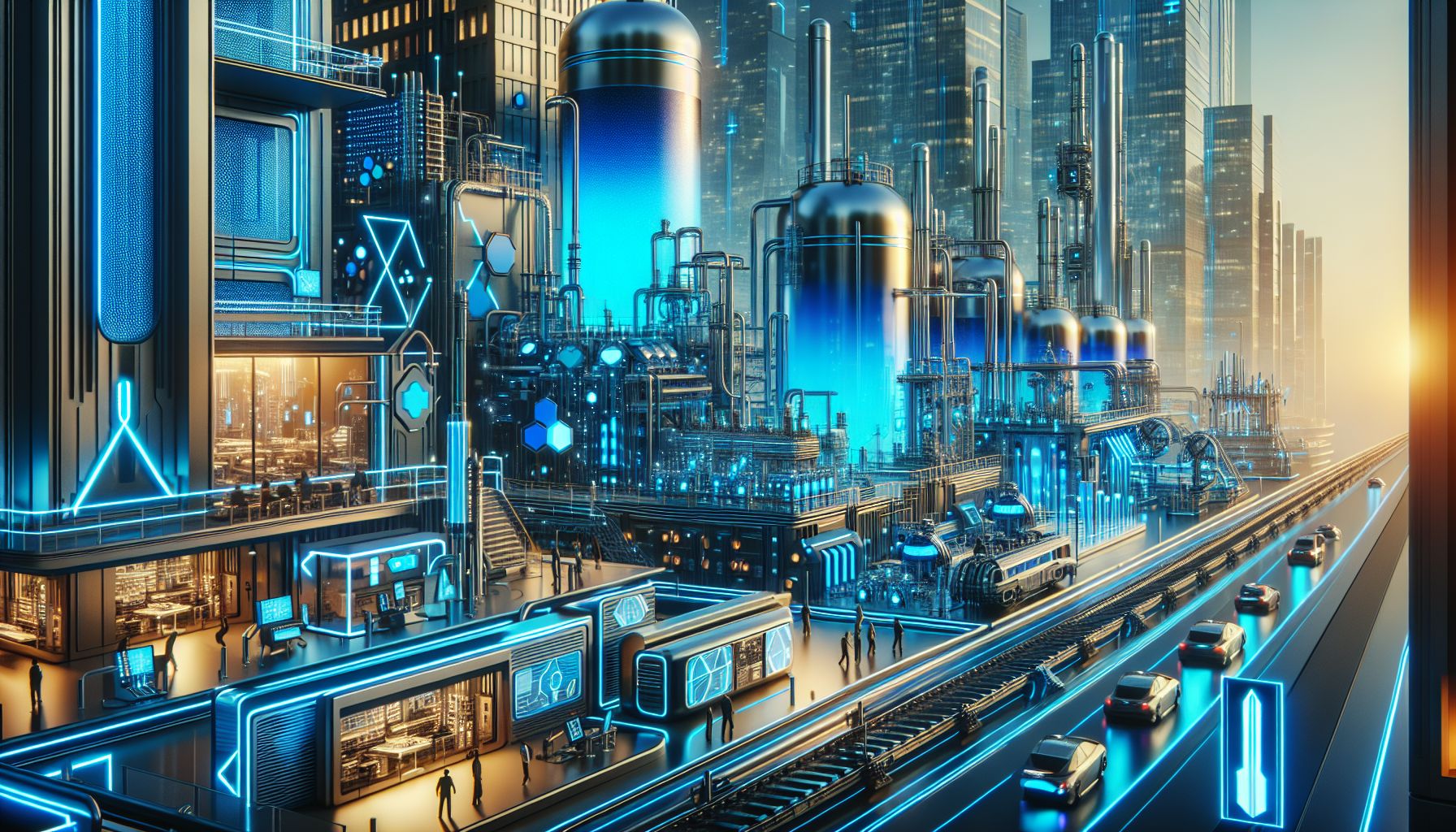Blue Hydrogen: A Rising Star in the Global Energy Shift

London, Wednesday, 18 June 2025.
In 2025, blue hydrogen is gaining traction as a viable alternative to green hydrogen, thanks to a $1.3 trillion existing gas infrastructure. Its potential shift in global energy investments is noteworthy.
The Blue Hydrogen Boom
In recent times, blue hydrogen has made headlines as it emerges as a significant player especially when compared to its greener counterpart. With an existing $1.3 trillion gas infrastructure at its disposal, blue hydrogen is quickly becoming an attractive option for industries looking to transition to cleaner energy without hefty infrastructural changes. While green hydrogen requires significant investment in new technology like electrolyzers, blue hydrogen can benefit from scalability and cost-effectiveness due to existing infrastructure and advancements in carbon capture technology[1][2].
Corporate Giants and Global Investments
Major corporations such as Plug Power and Air Products are making strides in the hydrogen space. Air Products’ collaboration with Occidental promises to bring blue hydrogen costs down to $2.50/kg, a competitive price in the market[3]. On the flip side, the decision by BP to suspend its blue hydrogen project at the Whiting Refinery demonstrates the market’s volatility due to economic uncertainties[1][4]. These conflicting moves hint at a delicate balance the industry must manage between innovative pursuits and financial realities.
Legislative Backing and Economic Incentives
Policy frameworks like the EU’s Hydrogen Bank and the U.S. Inflation Reduction Act are crucial in dictating the pace at which hydrogen technologies advance. With subsidies as a backbone, these initiatives ensure that projects become financially viable, overcoming natural economic barriers[1][2][3]. Moreover, adverse regulations on high-carbon ventures are nudging companies towards low-carbon alternatives like blue hydrogen, aiming to adhere to increasingly stringent emission targets[1][5].
The Comparative Edge
While the green hydrogen focus hinges on decreasing the cost of renewable energies and improving electrolyzer technologies, blue hydrogen holds an edge by leveraging existing systems for distribution and storage. This places it as a transitional, yet potent, force in reducing global emissions[4]. While skeptics highlight challenges such as fossil fuel dependency, advocates stress that with carbon capture and storage (CCS) technologies, blue hydrogen could significantly cut emissions, acting as a helpful bridge until green technologies mature fully[1][6].
Future Predictions
Looking ahead, forecasts suggest a shrinking cost discrepancy between fossil fuels and both blue and green hydrogen by 2026, with a significant increase in infrastructure investments forecasted for this year alone[1][3]. Such predictions spark interest and encourage stakeholders to reconsider their strategies, as missing this boat could mean losing out on potentially lucrative opportunities in the hydrogen sector[3]. As investments rise, so do expectations that both forms of hydrogen will play crucial roles in a cleaner energy future, paving the way for a diversified energy market[4][5].
Bronnen
- www.ainvest.com
- www.nature.com
- fuelcellsworks.com
- hydrogeninsight.com
- illuminem.com
- thehydrogenpodcast.com